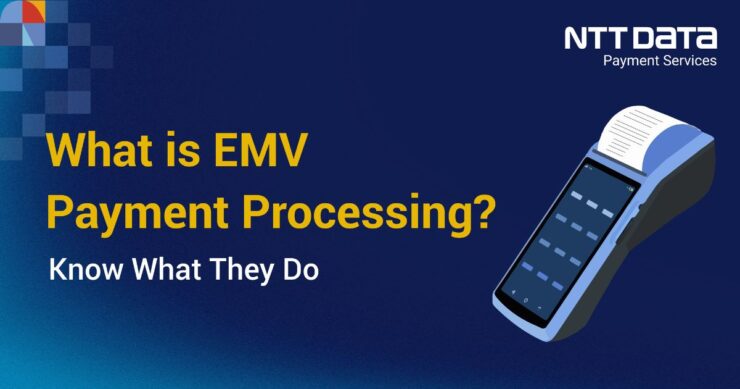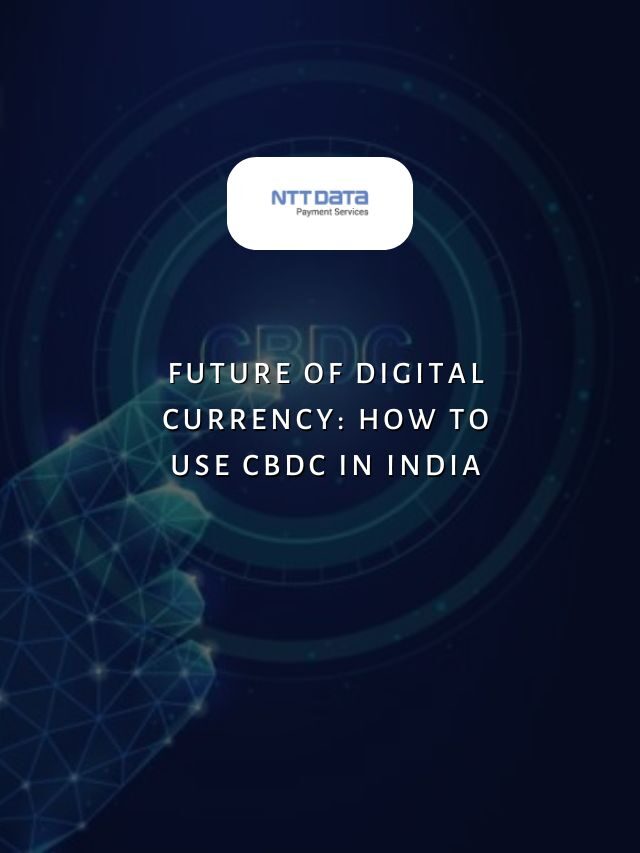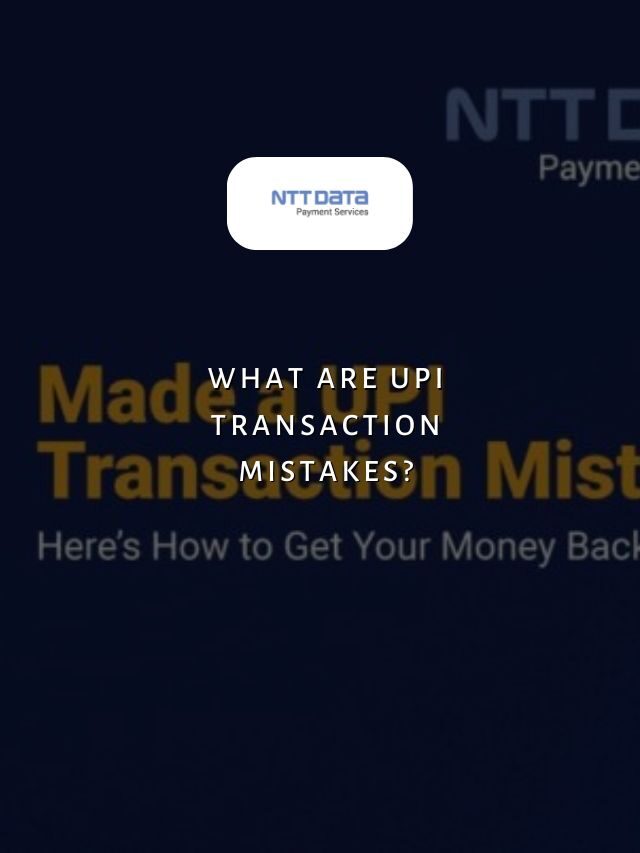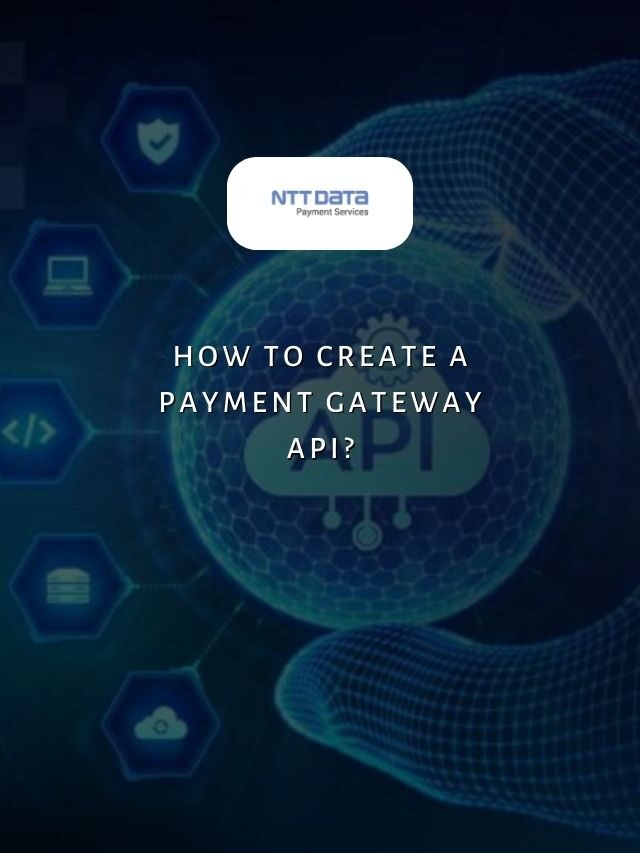
Table of Contents
- 1 Understanding EMV Payment Processing in Detail
- 2 What is EMV payment processing?
- 3 Recent Web Stories
- 4 How does EMV payment work?
- 5 Benefits of EMV Payment
- 6 The Importance of EMV Payment Processing
- 7 Access to Seamless Online Payments with NTT DATA Payment Services
- 8 The Future of EMV Payment Processing
EMV payment processing is a secure payment technology that uses chip-enabled credit and debit cards to enhance security and reduce fraud. This blog explores the fundamentals of EMV and its significance in shaping the future of the payment industry.
Understanding EMV Payment Processing in Detail
EMV payment processing is built on the global standard Europay, Mastercard, and Visa set. It is transforming how we conduct financial transactions, enhancing security and reducing the risk of fraud.
As the adoption of EMV-enabled cards continues to grow worldwide, understanding the intricacies of this payment processing method has become increasingly crucial for businesses and consumers alike.
What is EMV payment processing?
EMV stands for Europay, Mastercard, and Visa. These companies initially developed the EVM technology in the 1900s. EVM technology uses a chip embedded in a card that generates a unique code for every transaction, making it hard for criminals to trace or steal the user’s account information.
Recent Web Stories
How does EMV payment work?
The EMV payment processing workflow typically involves a series of steps that ensure a secure and efficient transaction. Here’s a general overview of the process:
- Card Insertion: The cardholder inserts their EMV-enabled card into the payment terminal.
- Card Authentication: The terminal and the card engage in a series of cryptographic exchanges to verify the card’s authenticity.
- Cardholder Verification: The cardholder may be required to provide a signature or enter a PIN to confirm their identity.
- Transaction Authorisation: The terminal sends the transaction details to the issuing bank for approval, and the bank responds with an authorisation code.
- Transaction Completion: Upon receiving the authorisation, the terminal completes the transaction and provides the cardholder with a receipt.
Benefits of EMV Payment
EMV payment processing offers several advantages over traditional magnetic strip card transactions:
- Enhanced Security: The embedded chip in EMV cards generates a unique code for each transaction, making it much more difficult for criminals to steal and reuse card data.
- Reduced Fraud: By making it harder for fraudsters to create counterfeit cards, EMV payment processing helps to significantly reduce the incidence of card-present fraud.
- Global Acceptance: EMV is a global standard, ensuring that EMV-enabled cards can be used for transactions worldwide, providing a consistent experience for both merchants and consumers.
- Liability Shift: In many countries, the liability for fraudulent transactions has shifted to the party (either the merchant or the issuer) that has not adopted EMV technology, providing a strong incentive for adoption.
The Importance of EMV Payment Processing
EMV payment processing has become increasingly important today for several reasons:
- Fraud Prevention: As online and mobile payment channels have grown, EMV payment processing helps to mitigate the risk of card-present fraud, which has traditionally been a significant issue.
- Global Adoption: EMV has become the global standard for secure payment transactions, with over 1 billion EMV-enabled cards in circulation worldwide.
- Regulatory Compliance: In many countries, EMV adoption is mandated by regulatory bodies, requiring merchants and financial institutions to upgrade their payment infrastructure to support EMV transactions.
- Competitive Advantage: Merchants that offer EMV payment processing can provide a more secure and convenient payment experience for their customers, potentially gaining a competitive edge in the market.
Access to Seamless Online Payments with NTT DATA Payment Services
With NTT DATA Payment Services, you can stay ahead of the curve & experience secure, convenient, and future-ready payment. Protect your online payments and grow your business with seamless online transactions.
NTT DATA Payment Services offers a complete payment solution to advance both your offline and online businesses from,
- Online Payment Gateway in India
- POS machines
- IVR payments
- Mobile applications, and
- Bharat QR Scan and Pay
We ensure maximum comfort, convenience, and safety for all your payments.
The Future of EMV Payment Processing
EMV payment processing represents a significant advancement in digital payments. As the global standard for secure transactions is followed everywhere, the widespread adoption of EMV has become a crucial step in safeguarding the integrity of the payment ecosystem.
Moving forward, the continued evolution of EMV integration with emerging payment platforms, such as mobile wallets, will further solidify its position in the modern payment system.
| Also, you can get frequent updates on nttdatapayments Instagram page. |
EMV Payment Processing: FAQs
1. What is EMV payment processing?
EMV payment processing is a technology-driven approach to credit and debit card transactions that enhances security and reduces the risk of fraud. It involves using smart cards, or chip cards, which contain an embedded microchip to verify the card’s authenticity and the cardholder.
2. How does EMV payment processing work?
The EMV payment processing workflow typically involves card insertion, card authentication, cardholder verification, transaction authorisation, and transaction completion. This process ensures a secure and efficient transaction by verifying the card’s authenticity and the cardholder’s identity.
3. What are the benefits of EMV payment processing?
The key benefits of EMV payment processing include enhanced security, reduced fraud, global acceptance, and a liability shift that incentivises adoption.
4. Why is EMV payment processing important?
EMV payment processing is important for fraud prevention, global adoption, regulatory compliance, and providing merchants with a competitive advantage by offering a more secure and convenient payment experience.
5. What is the future of EMV payment processing?
The future of EMV payment processing is likely to involve further integration with mobile payments, the emergence of contactless payments, and the continued evolution of technology to meet the changing needs of the payment industry.







